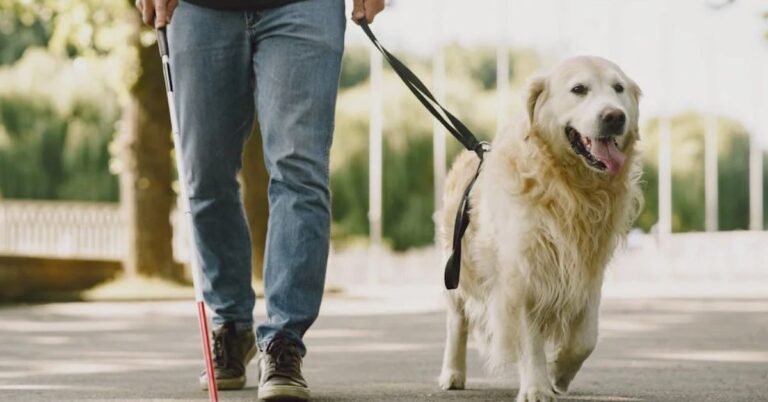10 Things You Didn’t Know About Your Dog’s Eyesight

Your dog’s eyes hold more secrets than you’d imagine. While they might not be reading novels anytime soon, their vision is perfectly tuned for a canine’s world. Let’s dig into ten surprising facts about how your furry friend sees the world—it’ll make you appreciate those puppy-dog eyes even more.
Dogs See Fewer Colors

Humans have the luxury of a rainbow of colors, but dogs? Not so much. They see the world in shades of yellow, blue, and gray. Reds and greens blend together, so that bright red toy? It probably looks grayish-brown to them. Notably, it’s not about the color; it’s about the fun.
Superior Motion Detection
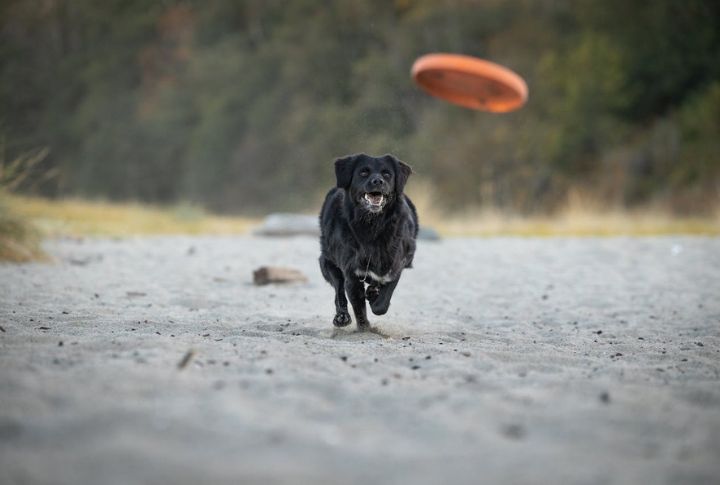
Your pup can spot a squirrel darting across the yard faster than you can blink. Dogs are exceptional at detecting motion, even at great distances. This skill harks back to their hunting days when tracking moving prey meant survival.
Low-Light Vision Champs
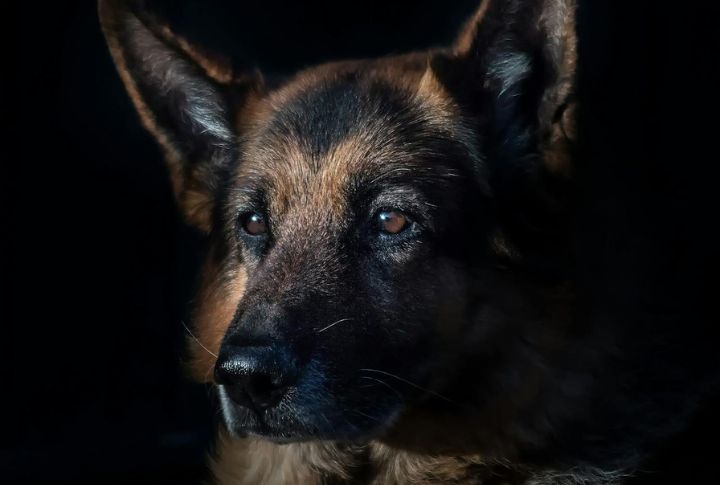
Dogs may not see well up close, but dim lighting? They’ve got it covered. Thanks to a reflective layer in their eyes called the tapetum lucidum, they can move in the dark like pros. That’s why your pup’s eyes seem to glow at night—it’s their built-in flashlight.
Limited Sharpness

Clarity isn’t their strong suit. Dogs have about 20/75 vision, meaning things look blurrier to them than they do to us. That’s why they rely on their sense of smell more than their eyes. If they’re squinting at you, don’t take it personally—it’s just dog biology.
Peripheral Vision Experts
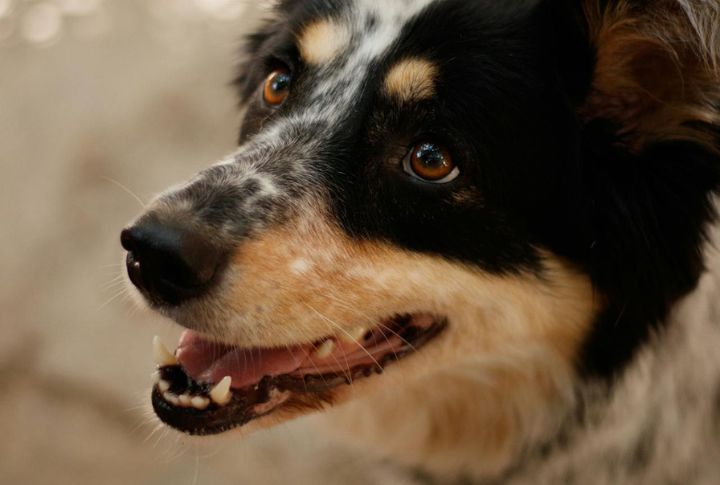
With eyes positioned on the sides of their heads, dogs have a wider field of vision than humans. They can see roughly 240 degrees compared to our 180. This panoramic view helps them notice what’s happening around them, even if they sometimes miss what’s right in front.
They Struggle With Depth Perception
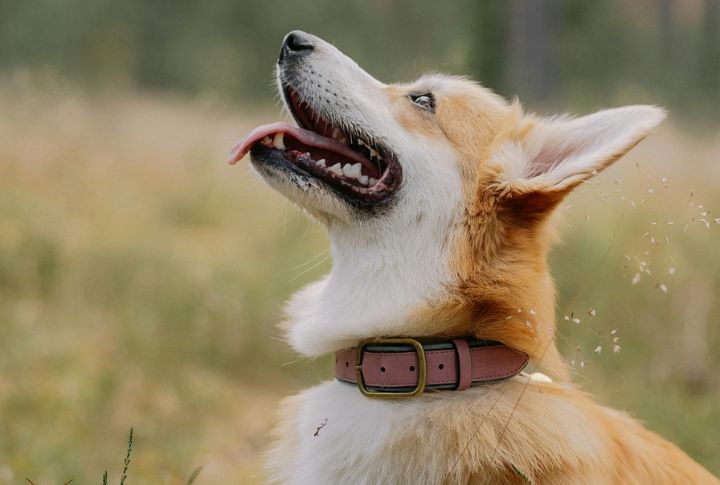
While their side-set eyes enhance their field of view, it comes at a cost—depth perception. Dogs aren’t as skilled at judging distances as humans. That’s why they might hesitate before jumping off a high ledge or misjudge a leap onto the couch. It’s not clumsiness; it’s just physics.
UV Light Sensitivity
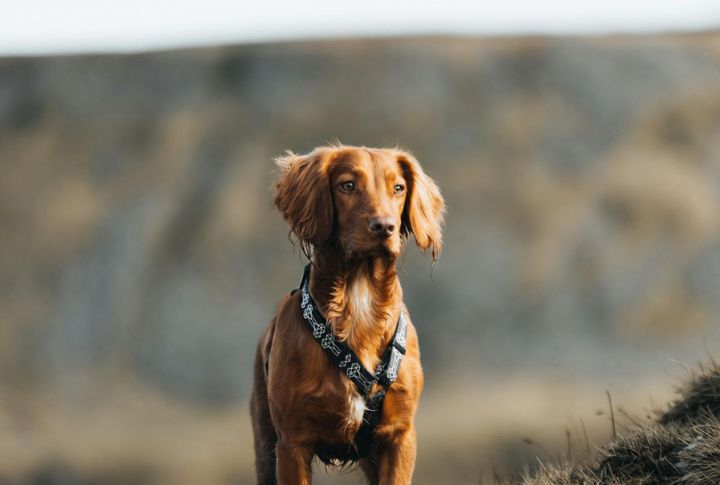
Dogs have a secret superpower: they can see ultraviolet light. This ability enables them to detect patterns and details invisible to us. It’s thought to help with tracking and identifying objects. So when your dog stares intently at something you can’t see, trust them.
They Rely on Contrast
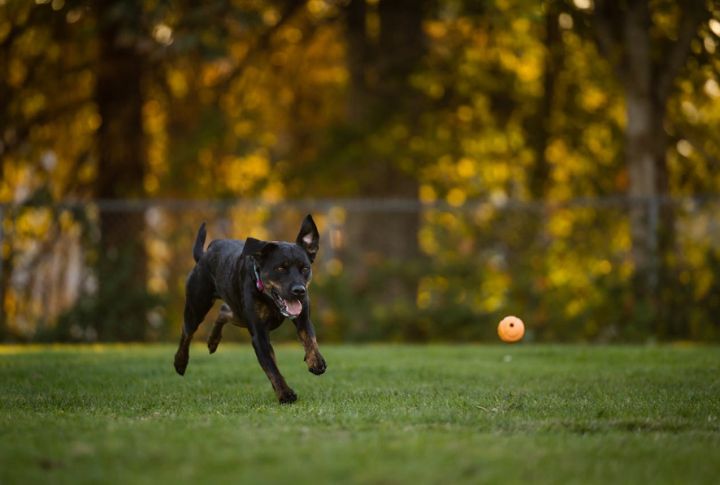
Their visual world revolves around contrasts. Bright and dark areas stand out more than vibrant colors. This explains why high-contrast toys are easier for them to spot. If you want your pup to find that ball in the yard, go for something bold and contrasting rather than brightly colored.
Puppies Are Born Blind

Newborn pups don’t open their eyes for the first 10-14 days. Even then, their vision is blurry at best. It takes weeks for their eyesight to develop fully, so those early days are all about touch, sound, and scent. This is a reminder of how special their journey to sight really is.
Eye Contact Means Connection

When your dog gazes into your eyes, it’s not just cute—it’s meaningful. This act releases oxytocin, the “love hormone,” in you and your pet. While their eyesight might not be perfect, those loving looks are a clear sign they’re bonding with you in their unique way.

